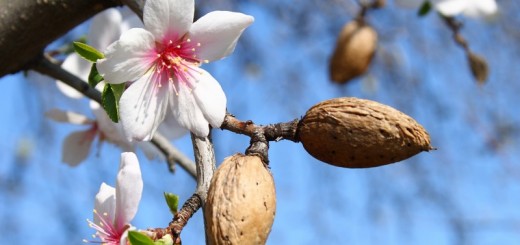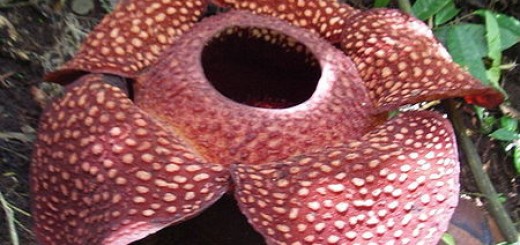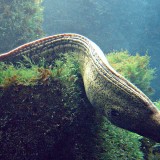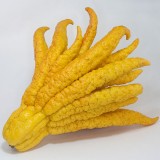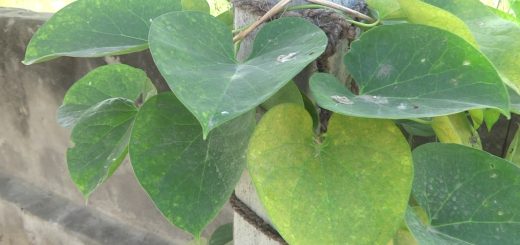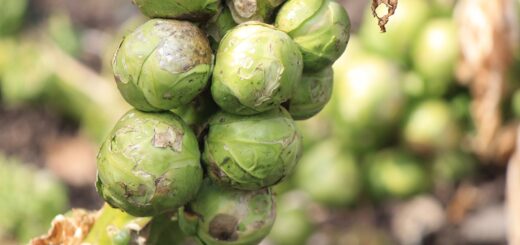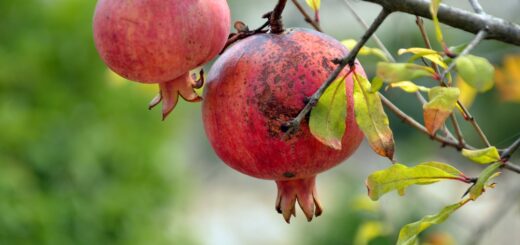Top 10 Most Deadly Plants That Can Kill You
Deadly Plants That Can Kill You
10. Jimson Weed
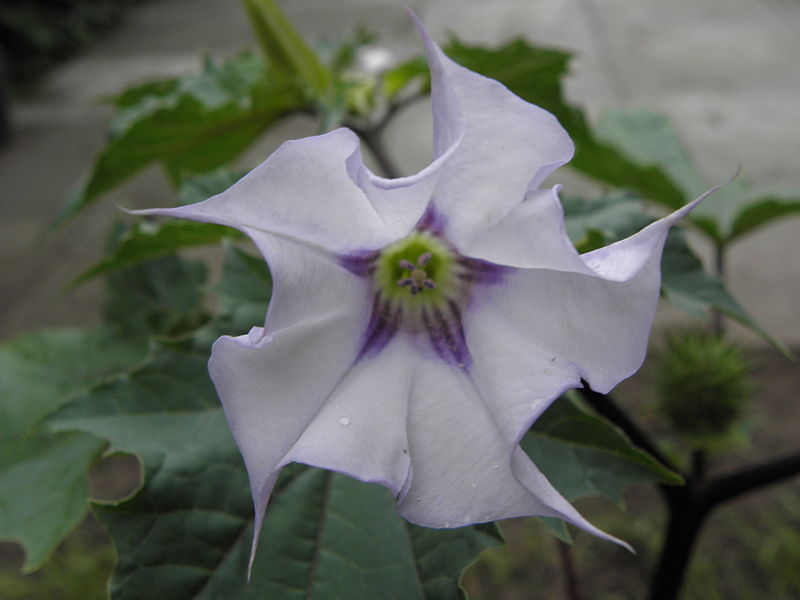
Datura stramonium, known by the common names Jimson weed, Devil’s snare or datura, is a plant in the Solanaceae family.
It is believed to have originated in the Americas, but is now found around the world
9. Rhododendron

Some species of rhododendron are poisonous to grazing animals because of a toxin called grayanotoxin in their pollen and nectar. People have been known to become ill from eating honey made by bees feeding on rhododendron and azalea flowers.
8. Ageratina altissima
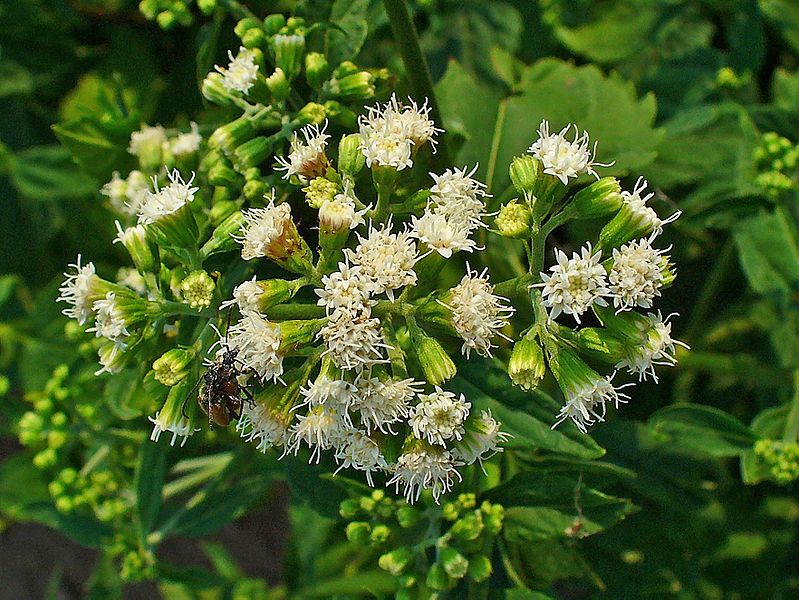
Ageratina altissima, also known as white snakeroot is a poisonous perennial herb in the family Asteraceae, native to eastern North America. White Snakeroot contains the toxin tremetol; when the plants are consumed by cattle, the meat and milk become contaminated with the toxin. When milk or meat containing the toxin is consumed, the poison is passed on to humans. If consumed in large enough quantities, it can cause tremetol poisoning in humans. The poisoning is also called milk sickness, as humans often ingested the toxin by drinking the milk of cows that had eaten snakeroot.
7. Hydrangeas

Hydrangeas are moderately toxic if eaten, with all parts of the plant containing cyanogenic glycosides. Hydrangea paniculata is reportedly sometimes smoked as an intoxicant, despite the danger of illness and/or death due to the cyanide.
6. Taxus baccata
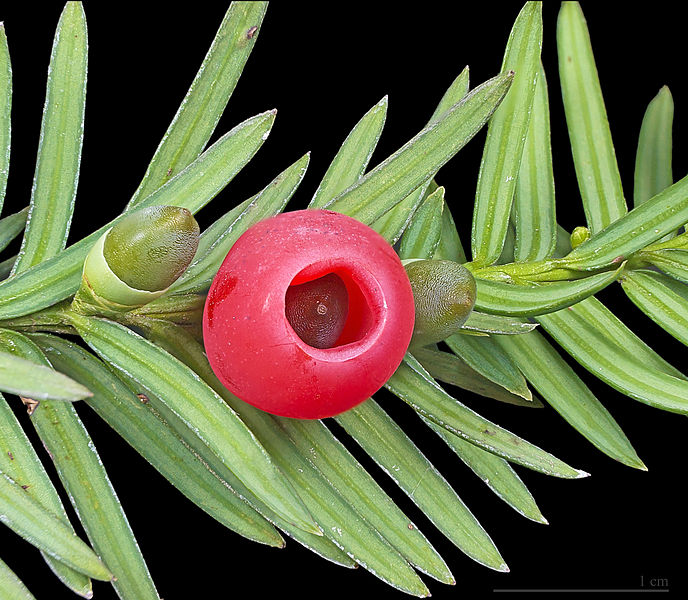
Most parts of the tree are toxic, except the bright red aril surrounding the seed. The foliage remains toxic even when wilted, and toxicity increases in potency when dried. Ingestion and subsequent excretion by birds whose beaks and digestive systems do not break down the seed’s coating are the primary means of yew dispersal.
5. Water hemlock
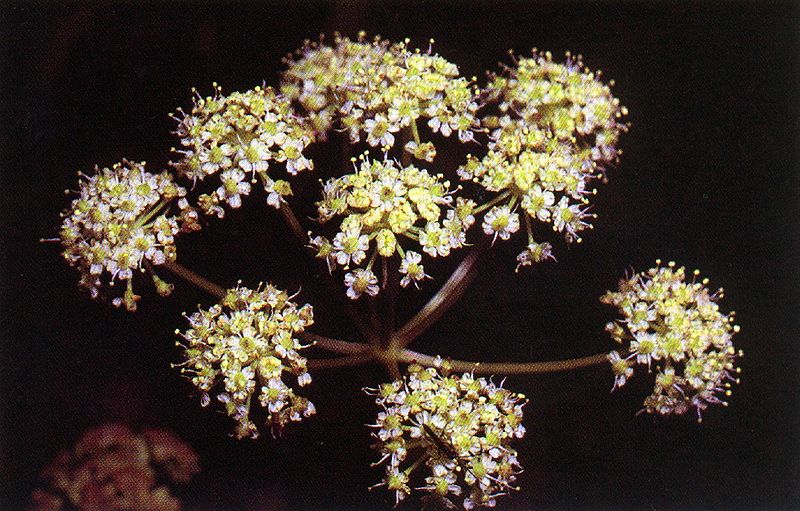
Cicuta, commonly known as water hemlock, is a small genus of four species of highly poisonous plants in the family Apiaceae.Water hemlock is considered one of North America’s most toxic plants, being highly poisonous to humans. Three members of the genus contain a toxin named cicutoxin which causes central nervous system stimulatory effects including seizures following ingestion.
4. Castor oil plant

The castor oil plant (Ricinus communis) is a species of flowering plant in the spurge family, Euphorbiaceae. It belongs to a monotypic genus, Ricinus, and subtribe, Ricininae. The evolution of castor and its relation to other species are currently being studied using modern genetic tools An alcoholic extract of the leaf was shown, in lab rats, to protect the liver from damage from certain poisons
3. Rosary Pea
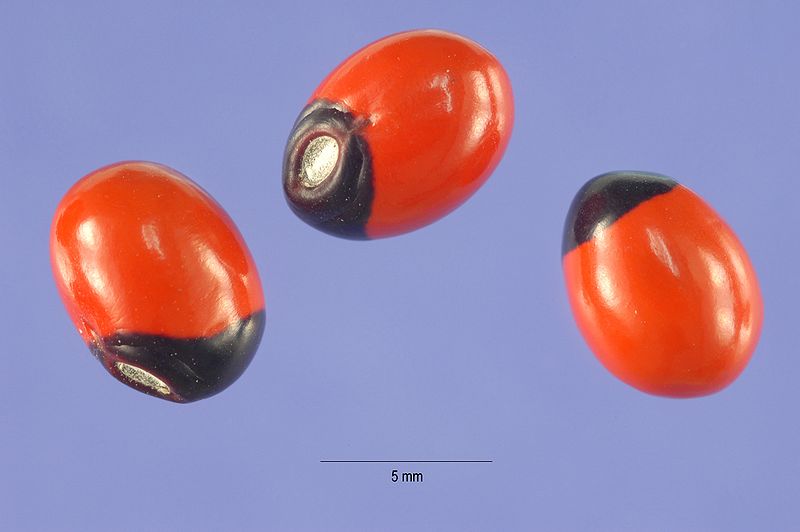
Abrus precatorius, known commonly as jequirity, Crab’s eye, rosary pea, precatory pea or bean,The toxin abrin is a dimer consisting of two protein subunits, termed A and B. The B chain facilitates abrin’s entry into a cell by bonding to certain transport proteins on cell membranes, which then transport the toxin into the cell. Once inside the cell, the A chain prevents protein synthesis by inactivating the 26S subunit of the ribosome. One molecule of abrin will inactivate up to 1,500 ribosomes per second.
2. Atropa Belladonna
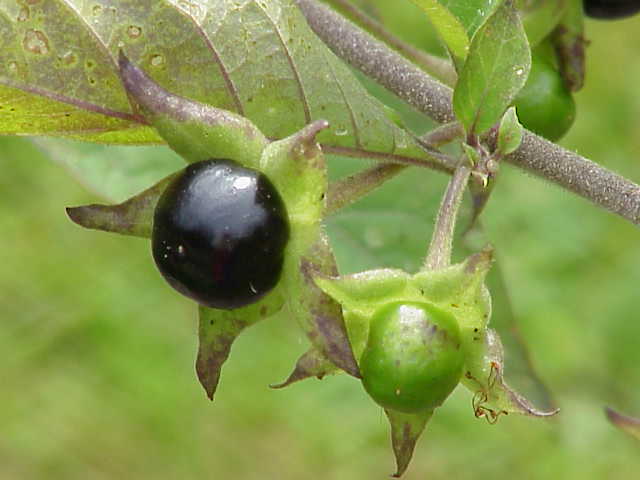
Atropa bella-donna, commonly known as Belladonna or Deadly Nightshade, Belladonna is one of the most toxic plants found in the Eastern Hemisphere. All parts of the plant contain tropane alkaloids. The berries pose the greatest danger to children because they look attractive and have a somewhat sweet taste. The consumption of two to five berries by a human adult is probably lethal. The root of the plant is generally the most toxic part, though this can vary from one specimen to another. Ingestion of a single leaf of the plant can be fatal to an adult
1. Nerium Oleander
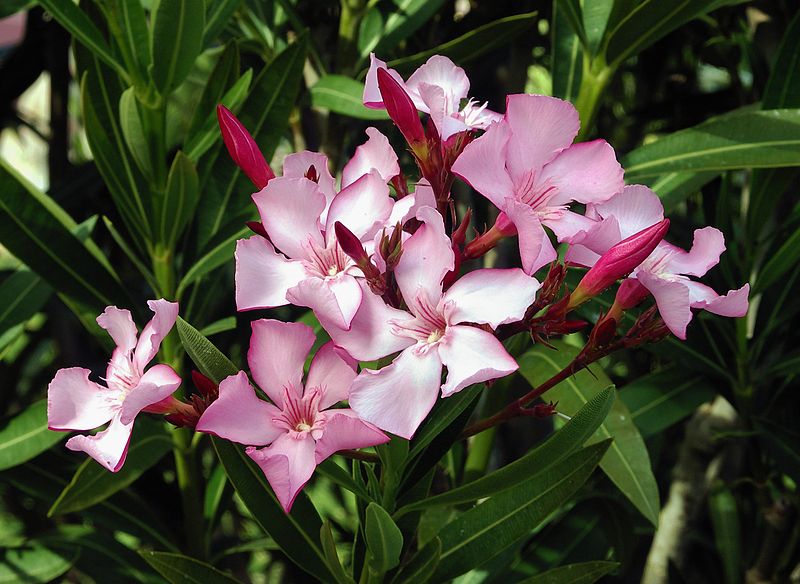
Nerium oleander is an evergreen shrub or small tree in the dogbane family Apocynaceae, toxic in all its parts.
Oleander poisoning occurs when someone sucks nectar from the flowers or chews leaves from the oleander or yellow oleander plant. Poisoning can also happen if you eat honey made by bees that used the oleander plant for nectar.
